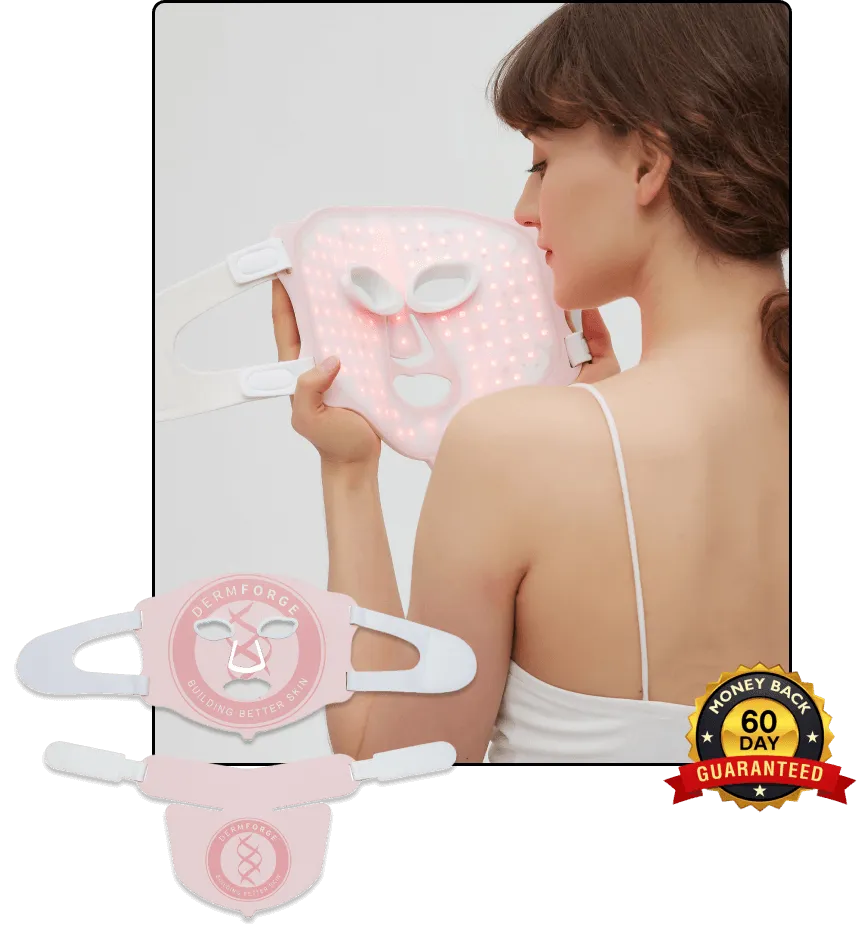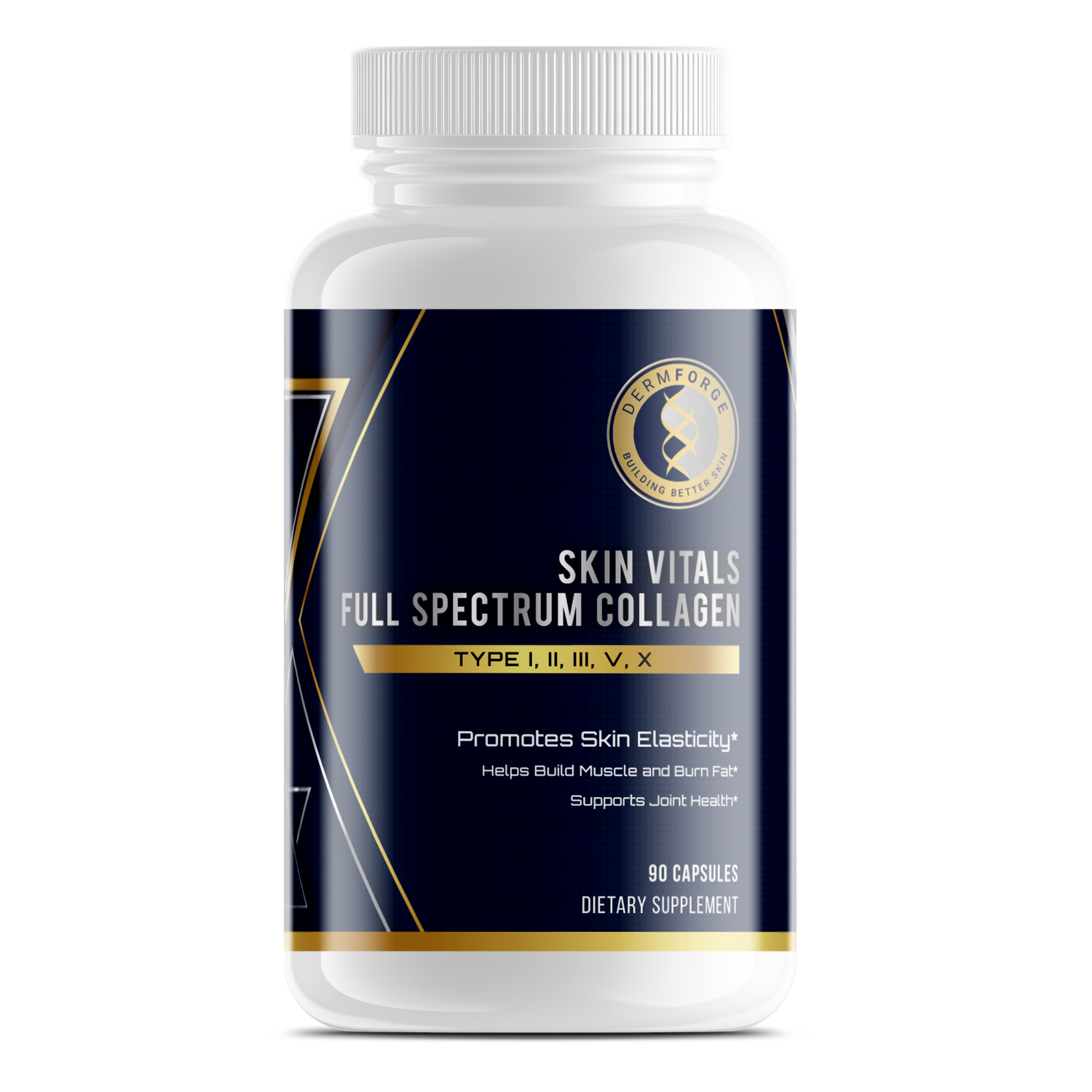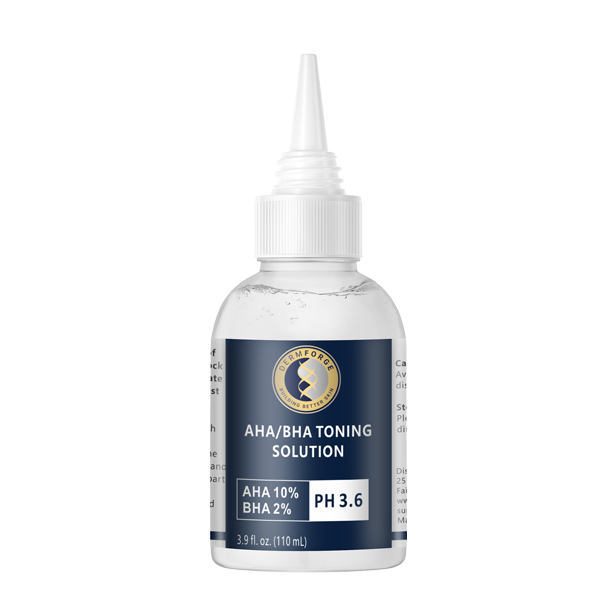Fine lines, rough texture, and uneven tone are common skin concerns as you age. However, many people turn to Retinol for anti-wrinkle benefits to help address these signs of aging. This ingredient supports cell turnover and encourages collagen production, which can improve how your skin looks and feels. Therefore, it’s often a go-to product in routines focused on smoother, firmer skin.
Additionally, Retinol works gradually, making it important to stick to a consistent routine. Most users begin with a low-strength formula to reduce irritation. However, results still require time, typically taking several weeks to show. You may start to notice brighter skin or fewer visible lines after steady use.
Retinol is also versatile and can support improvements in more than just wrinkles. Many people use it to help smooth rough texture and improve overall clarity. Additionally, it may reduce the look of dark circles and mild puffiness when used carefully around the eyes. Therefore, it offers multiple benefits when applied correctly.
However, not everyone reacts the same way. Sensitive skin types may need to use Retinol less frequently at first. You can still benefit from the ingredient by choosing a gentle formula and applying a soothing moisturizer. With a balanced approach, most people can build tolerance over time.
How does Retinol reduce the appearance of wrinkles?
Retinol speeds up cell turnover and boosts collagen production, which helps smooth fine lines and reduce visible wrinkles.
Wrinkles often form as collagen breaks down and skin loses its natural firmness. However, some ingredients can help improve that over time. One of the most researched options is using Retinol for anti-wrinkle benefits. This ingredient encourages your skin to renew itself more quickly and produce more collagen.
Additionally, Retinol helps your skin shed dead cells that can make wrinkles appear deeper. As new skin surfaces, lines may start to look softer. Therefore, regular use can lead to a smoother, firmer appearance with less visible aging. You may also notice your skin tone looks more even after a few weeks.
However, Retinol doesn't deliver instant results. Most people need several weeks of consistent use before seeing changes in fine lines. Additionally, it's common to experience mild dryness or flaking in the beginning. This is part of your skin adjusting and usually fades with time.
Therefore, it helps to start slowly and pair Retinol with a good moisturizer. This can reduce dryness while still allowing you to benefit from the active ingredient. Additionally, use sunscreen daily, since Retinol can increase sun sensitivity.
With consistent care, Retinol may help your skin look smoother, brighter, and more refined. It works best when used regularly over time. Therefore, patience and routine are important if you want to reduce signs of aging and support healthier skin.
Can Retinol improve rough or uneven skin texture?
Yes, Retinol helps shed dead skin cells, revealing a smoother and more refined skin surface over time.
Uneven texture can make your skin look dull or feel rough to the touch. However, consistent exfoliation can help improve this. One effective option is using Retinol to support smoother skin renewal. Retinol works by speeding up the process that replaces older, damaged cells with newer ones.
Additionally, this action helps loosen and remove built-up dead skin. Therefore, your skin starts to look more even over time. You may also notice fewer clogged pores and less flakiness with regular use. This makes Retinol helpful for both texture and overall skin clarity.
However, improvement takes time and consistent use. Most people see noticeable changes after several weeks of regular application. Therefore, stick with your routine and avoid overusing other strong exfoliants. Retinol for anti-wrinkle benefits also supports texture improvement by increasing cell turnover and collagen support.
Additionally, pairing Retinol with a gentle moisturizer can reduce dryness and keep your skin balanced. You may also want to apply it at night and use sunscreen during the day. This protects your skin as it adjusts and helps prevent irritation.
With daily care, your skin may feel softer and look more refined. Therefore, Retinol can be a good choice if you want a smoother, clearer surface. Just start slowly, use a consistent routine, and watch how your skin responds over time.
Does Retinol help with dark under-eye circles?
Retinol can lighten dark circles by thickening the skin and promoting cell turnover, though results vary by cause.
Dark circles under your eyes can make you look tired, even when you’re well-rested. However, not all dark circles have the same cause. Some are due to genetics or bone structure, while others are caused by thinning skin or pigmentation. Therefore, treatment results often depend on what’s causing the darkness.
Retinol may help reduce the look of dark circles if thinning skin or slow cell turnover plays a role. It supports renewal and can help thicken the delicate under-eye area over time. Additionally, improved skin texture may make discoloration appear less noticeable. This makes Retinol for anti-wrinkle benefits useful beyond just treating fine lines.
However, results take time and often vary from person to person. Most people need several weeks to notice subtle improvements in tone and firmness. Therefore, patience is key when using Retinol in this area. Start with a very low concentration and apply only a small amount.
Additionally, it’s best to apply it at night and always use sunscreen during the day. The under-eye area is sensitive and can react more easily to strong ingredients. Therefore, buffer with a hydrating eye cream if your skin feels dry or irritated.
With regular, careful use, you may see a brighter, more even-toned appearance under your eyes. While Retinol may not work for all causes of dark circles, it offers visible benefits when used correctly over time.
Can Retinol reduce puffiness under the eyes?
Retinol may reduce mild puffiness by improving skin firmness, but it’s less effective for fluid retention or fat pads.
Puffiness under the eyes can have several causes, including fluid buildup, allergies, or natural fat pads. However, mild puffiness may improve with consistent skincare. Retinol helps by increasing firmness and supporting your skin’s natural repair process. Therefore, it may slightly reduce swelling that results from loss of elasticity.
Retinol for anti-wrinkle benefits also applies to the delicate under-eye area when used carefully. It stimulates collagen and smooths the skin, which can help the area look less puffy over time. However, this works best if puffiness is caused by thinning or sagging skin. It may not help much with inherited fat pads or fluid retention.
Additionally, results take time and vary from person to person. Most people need at least several weeks to notice small changes in firmness. Therefore, be consistent but cautious when applying it around your eyes. Use a very small amount and apply it only at night.
If irritation occurs, buffer the area with a gentle moisturizer. You may also want to limit application to every other night at first. Additionally, pair Retinol with cooling products or light massage for added benefits. These steps can help reduce swelling more effectively.
With regular use, you may notice the skin under your eyes looks tighter and more refined. While Retinol won’t fix every cause of puffiness, it may help soften the look when skin firmness plays a role.
How long does it take to see results from Retinol?
Most people notice visible improvements in texture and wrinkles after 8 to 12 weeks of consistent use.
Retinol works gradually, which means results will take time to appear. However, many people start noticing small changes within a few weeks. Most users report visible improvements in skin texture and fine lines after 8 to 12 weeks. Therefore, consistency is key when adding Retinol to your routine.
Additionally, it’s common for your skin to go through a short adjustment period. You may see some dryness or flaking early on. However, this usually fades as your skin builds tolerance. Start with a low concentration and increase slowly for better comfort and fewer side effects.
Retinol for anti-wrinkle benefits depends on ongoing use. It stimulates collagen and renews skin cells, which requires regular application over time. Therefore, skipping applications can delay visible improvement. Stick to a nightly routine and support your skin with gentle moisturizers.
Additionally, protect your skin during the day with sunscreen. Retinol can increase sun sensitivity, which may lead to irritation or discoloration. Wearing sunscreen helps maintain progress and prevents setbacks in your results. Over time, your skin may appear smoother, firmer, and more even-toned.
With regular care, you can expect gradual but noticeable results. Retinol doesn’t offer overnight change, but it does support long-term improvements. Therefore, patience and consistency are your best tools when using this ingredient.
Is Retinol safe for daily use on sensitive skin?
Retinol can irritate sensitive skin, so it's best to start slowly and use a gentle formula with moisturizing support.
Sensitive skin can make finding the right products more difficult, especially when it comes to active ingredients. However, many people with sensitive skin still use Retinol successfully. The key is to start with a lower strength and ease it into your routine gradually. This approach helps your skin build tolerance without added stress.
Retinol for anti-wrinkle benefits often comes in different strengths, which makes it easier to find a gentle option. Therefore, choose a product labeled as mild or made for sensitive skin. These formulas usually include added moisturizers or calming ingredients. Additionally, applying a basic moisturizer before or after can reduce dryness and discomfort.
Start by using Retinol just a few nights a week and watch how your skin responds. If redness or stinging develops, take a break and apply a hydrating cream instead. Therefore, it’s important to listen to your skin and adjust based on how it reacts. Over time, you may be able to use it more frequently without issues.
Additionally, avoid using other strong ingredients on the same night. Pairing Retinol with exfoliants or acids may cause unnecessary irritation. Therefore, keep your routine simple and focused on hydration and protection. Always use sunscreen during the day, since Retinol can increase sun sensitivity.
With the right approach, even sensitive skin can benefit from Retinol. You just need to start slow, keep it consistent, and support your skin along the way.
Conclusion
Adding Retinol to your skincare routine can support noticeable improvements in fine lines, uneven texture, and skin tone. However, results take time. Most people begin to see changes within a few weeks of consistent use. Therefore, patience is an important part of getting the most from this ingredient.
Additionally, your skin may need time to adjust. You might experience dryness or flaking at first, especially if you use a high strength. Therefore, start slowly and use a formula that includes moisturizing ingredients. This approach helps protect your skin while allowing Retinol to do its job.
Retinol for anti-wrinkle benefits works best when combined with good skincare habits. Always apply sunscreen during the day to avoid irritation from sun exposure. Additionally, avoid using strong exfoliants or harsh treatments that may cause added stress. Keeping your routine simple can help maintain balance and comfort.
With regular use, your skin may appear smoother and feel firmer. You might also notice smaller pores and more even tone. These changes usually build over time with continued use. Therefore, don’t rush the process—let the ingredient work gradually and consistently.
If you stay committed, Retinol can become a reliable part of your long-term skincare routine. Use it carefully, protect your skin, and give it time to respond. This simple approach often delivers steady, visible results without unnecessary irritation.






